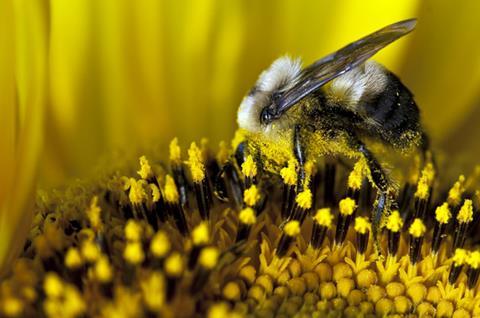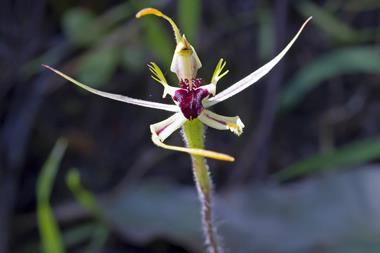Global assessment says pesticides are partly to blame for endangering bees and other pollinators
More than three-quarters of the world’s food crops rely on pollination by insects and other animals. But many of these species are now under threat from disease, pesticides and climate change, according to the first global assessment of pollinators.

There are more than 20,000 species of wild bees alone, plus many species of butterflies, flies, moths, wasps, beetles, birds, bats and other animals that contribute to pollination. The report, compiled by over 70 scientists from around the world for the Intergovernmental Science-Policy Platform on Biodiversity and Ecosystem Services, estimates that 16 per cent of vertebrate pollinators, such as birds and bats, are threatened with global extinction - increasing to 30 per cent for species that live on oceanic islands. More than 40 per cent of some invertebrates are threatened locally; declines in bees, for example, have been confirmed for North Western Europe and in North America, for example.
The report estimates the annual value of global crops directly affected by pollinators is between $235 billion (£167 billion) and $577 billion, and says that the volume of agricultural production dependent on animal pollination in the past 50 years has grown by 300%.
It blames the increasing risk to pollinators on a combination of factors, including changes in land use, intensive agricultural practices and pesticide use, invasive species, diseases and pests, and climate change.
‘It’s hard to pin down a single factor to account for the change in numbers and diversity because effects vary from species to species, and from location to location, says Adam Vanbergen, an ecologist at the NERC Centre for Ecology & Hydrology in Edinburgh, who was an editor of the report. ‘It is hard to definitively link pesticides to pollinator decline, for example, as the picture is complicated by the fact that the use of these chemicals is closely related to intensive farming techniques, such as large field sizes and the loss of insect habitats. Another issue is that the data is just not available.’
Overall, the key message, says Vanbergen, is a need for better monitoring to inform policy with evidence. But the report also lists ‘options’ to manage risk now including supporting traditional practices that manage habitat and crop rotation, and decreasing exposure of pollinators to pesticides by reducing their use.
Stephen Martin, professor of animal ecology at the University of Salford, says the report is important and timely, adding that this is the first time that a value has been estimated for the effects of global pollinator declines. He is hopeful that it will have a big impact and help to change people’s attitudes.












No comments yet